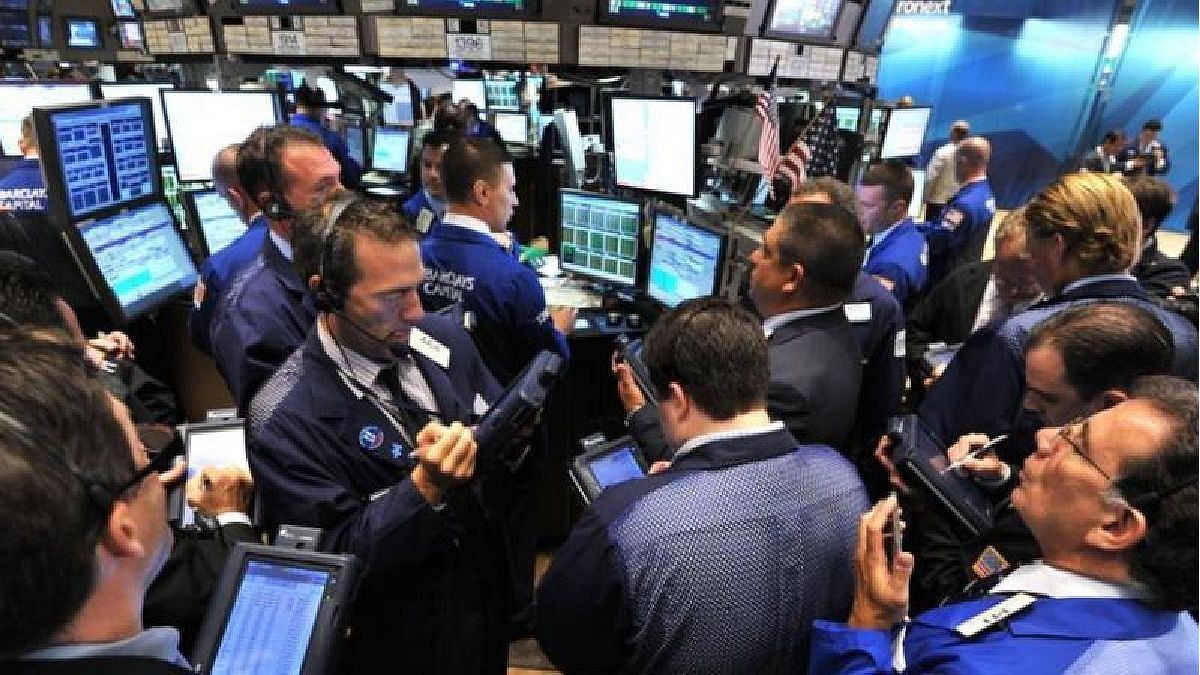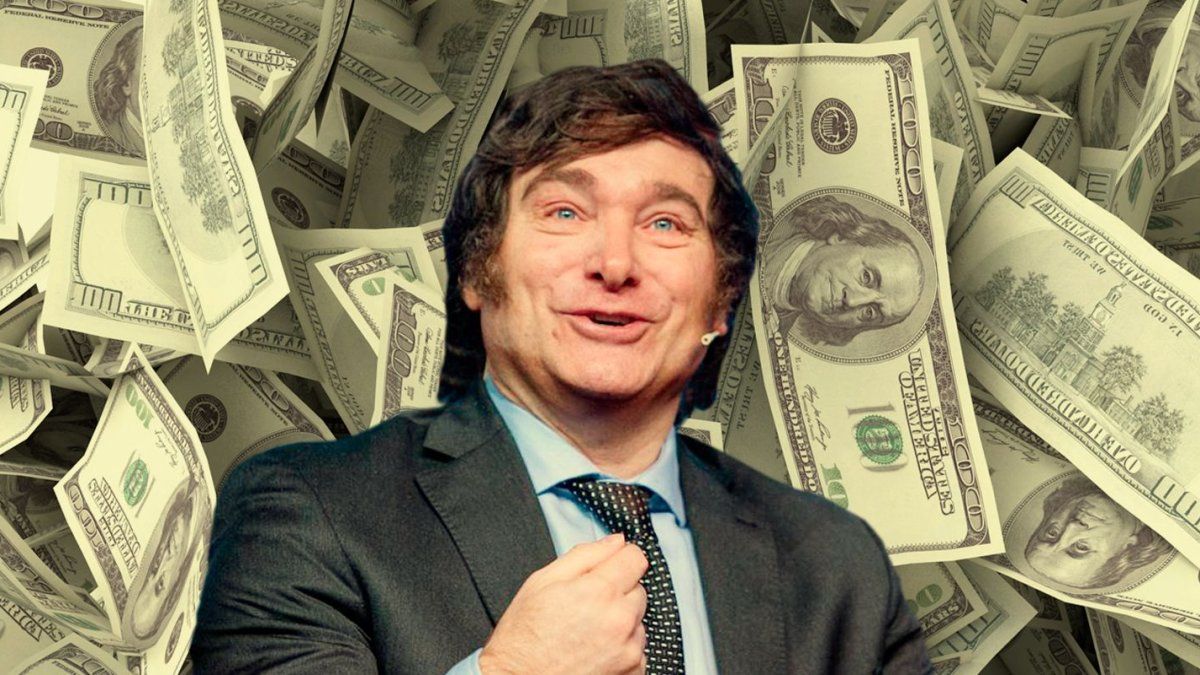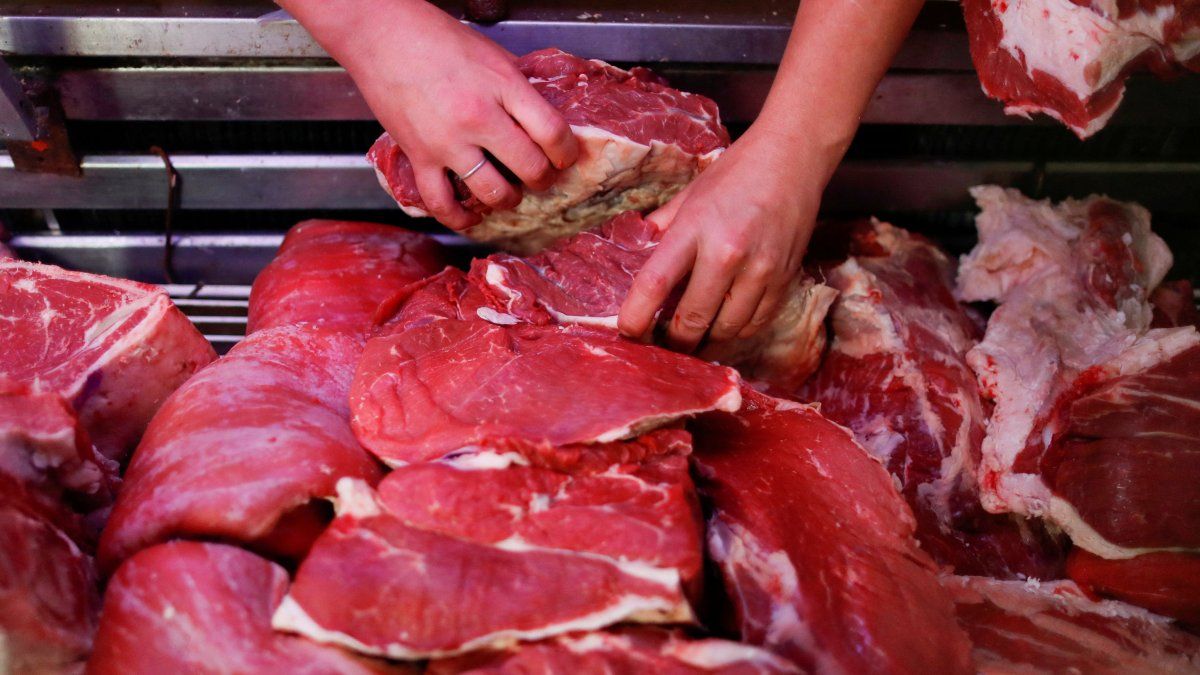The Dow Jones industrial average fell to its lowest in nearly two years, the first major US stock index to fall below its June low, on fears that aggressive interest rate hikes will spark a recession.
The large stock index came close to falling 20% below its all-time closing high on Jan. 4, which would confirm at close that it is in a bear market, by a commonly used definition. The S&P 500 confirmed that it was in a bear market in June and the Nasdaq in March.
The Dow Jones Industrial Average is down 408.50 points, or 1.4%, at 29,668.18, after falling briefly before this year’s low of 29,653.29 points on June 17. The S&P 500 was down 65.07 points, or 1.7%, at 3,692.92, and the Nasdaq Composite was down 220.27 points, or 2%, at 10,846.54.
This Friday it was learned that the business activity in the United States contracted for the third consecutive month in September, although it did so at a slower rate than in the previous month. The S&PGlobal The U.S. Composite Output PMI, which tracks the manufacturing and services sectors, rose to 49.3 this month from a final reading of 44.6 in August, it said on Friday. However, it remains below 50, which indicates a contraction in private sector activity.
The The country’s Gross Domestic Product contracted in two consecutive quarters. The economy is slowing as the Federal Reserve aggressively tightens monetary policy to cool demand and return inflation to the US central bank’s 2% target. On Wednesday, the entity raised interest rates by 75 basis points, its third consecutive increase of that magnitude, and has indicated that there will be more important increases this year in an attempt to contain the inflation which in August registered 8.3% year-on-year, less than in the previous month but more than expected.
The dollar also hits its maximum in two decades and the bonds rise again in fear of a new rise in rates, while the assets of the United Kingdom collapse after the announcement of tax cuts in that country and an increase in indebtedness. The pound collapsed and broke through the symbolic barrier of $1.10 for the first time in 37 years.
During the week the main central banks applied rate hikes or announced to do so again given the persistence of inflation. Japan intervened in the market for the first time since 1998, and banks in Sweden, Switzerland and Norway also raised their rates. The Fed, for its part, anticipated that it expects high rates to last until 2023.
world stock index MSCI hit its lowest level since mid-2020 on Friday.having lost around 12% in the month since Federal Reserve Chairman Jerome Powell made it clear that inflation needs to be brought down, despite the detrimental effects this may bring.
The Yield on 10-year debt rose 5 basis points to 3.8%another 11 1/2-year high, and is on track for its eighth straight weekly rise. Eurozone bond yields also rose sharplyand Italy’s 10-year yield hit 4.3%, its highest since late 2013, ahead of Sunday’s Italian election.
“The Fed’s latest actions leave us feeling that the end of rate hikes is nowhere near,” he said. Rick Meckler, partner at Cherry Lane Investments and added: “There is very little positive news at the moment and that could lead to some kind of final pullback. It is certainly possible that we could get closer to the lows in the short term.”
Dire prospects for a handful of companies – most recently FedEx Corp and Ford Motor Co – have also added to the woes in a seasonally weak period for markets.
Goldman Sachs has cut its year-end target for the benchmark S&P 500 index by approximately 16% to 3,600 points, down 2.5% from current levels..
Source: Ambito
David William is a talented author who has made a name for himself in the world of writing. He is a professional author who writes on a wide range of topics, from general interest to opinion news. David is currently working as a writer at 24 hours worlds where he brings his unique perspective and in-depth research to his articles, making them both informative and engaging.




